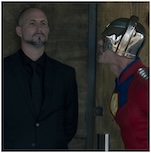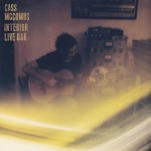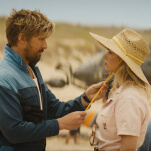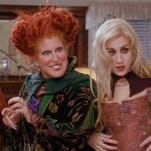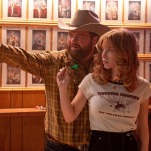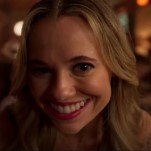Fans of DC Comics’ Magic Will Want to Enroll at Mystik U
Alisa Kwitney, Mike Norton & Jordie Bellaire Pay Tribute to Old-School Vertigo in Accessible YA Format
Main Art by Julian Totino Tedesco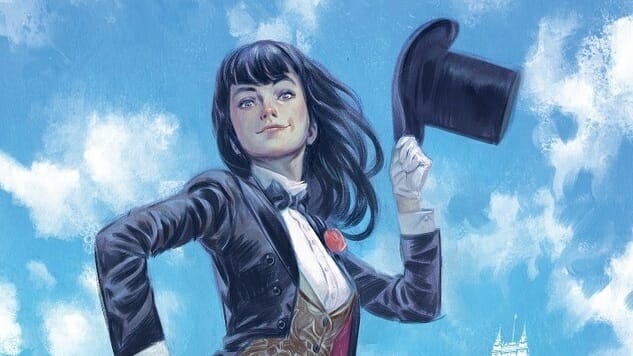
Mystik U Book One
Writer: Alisa Kwitney
Artist: Mike Norton
Publisher: DC Comics
 At first glance, Mystik U feels like the center of a Venn diagram made up of Harry Potter and Xavier’s School for Gifted Youngsters. The story centers around a young Zatanna Zatara, recently made aware of the fact that she has powers like her famous father, sent off to a magical school. Meanwhile, her father tries to free himself from the spell in which she inadvertently trapped him. It’s nice to see Zatanna in a starring role again, as she’s been largely benched since the end of Jeff Lemire’s Justice League Dark in early 2015. Many familiar faces come out of the woodwork for Mystik U, and even though the setting is new to the DCU, it makes the book feel welcoming, if a little nostalgia-heavy.
At first glance, Mystik U feels like the center of a Venn diagram made up of Harry Potter and Xavier’s School for Gifted Youngsters. The story centers around a young Zatanna Zatara, recently made aware of the fact that she has powers like her famous father, sent off to a magical school. Meanwhile, her father tries to free himself from the spell in which she inadvertently trapped him. It’s nice to see Zatanna in a starring role again, as she’s been largely benched since the end of Jeff Lemire’s Justice League Dark in early 2015. Many familiar faces come out of the woodwork for Mystik U, and even though the setting is new to the DCU, it makes the book feel welcoming, if a little nostalgia-heavy.
In scope and form, if not tone, Mystik U is the successor to Deadman: Dark Mansion of Forbidden Love by Sarah Vaughn and Lan Medina: a mini-series of three double-sized issues, released bimonthly. But where Dark Mansion of Forbidden Love was gothic romance, Mystik U is a YA adventure story that carefully balances some of DC’s lesser-known magic practitioners with more recognizable names and faces (and even a few new ones). Writer Alisa Kwitney leans into her strengths, relying on her extensive experience creating funny romances—and working with Vertigo characters on Sandman spin-off books—to flesh out the world of Mystik U. Though it is a little strange to see Zatanna as a student being taught by characters she’s lead in other continuities, Kwitney gives her protagonist a sharp sense of humor and the kind of relatable uncertainty that comes with being young and a bit lost.

Mystik U Book One Interior Art by Mike Norton & Jordie Bellaire
This first issue also immediately establishes a slew of female friendships, which are often sorely lacking in cape-and-cowl comics (particularly in team books starring Zatanna, who is most often played against characters like Constantine and Batman). The students, appearing to mostly be in their teens or early 20s, are appropriately broody, sarcastic and sex-crazed, depending on the situation and the character, and Kwitney does a great job of making it clear that these are not-quite-children play-acting at being adults. For those readers who survived move-in day and freshman orientation at a large university, the whole ordeal will feel familiar in just how melodramatic it becomes.
-

-

-

-

-

-

-

-

-

-

-

-

-

-

-

-

-

-

-

-

-

-

-

-

-

-

-

-

-

-

-

-

-

-

-

-

-

-

-

-









